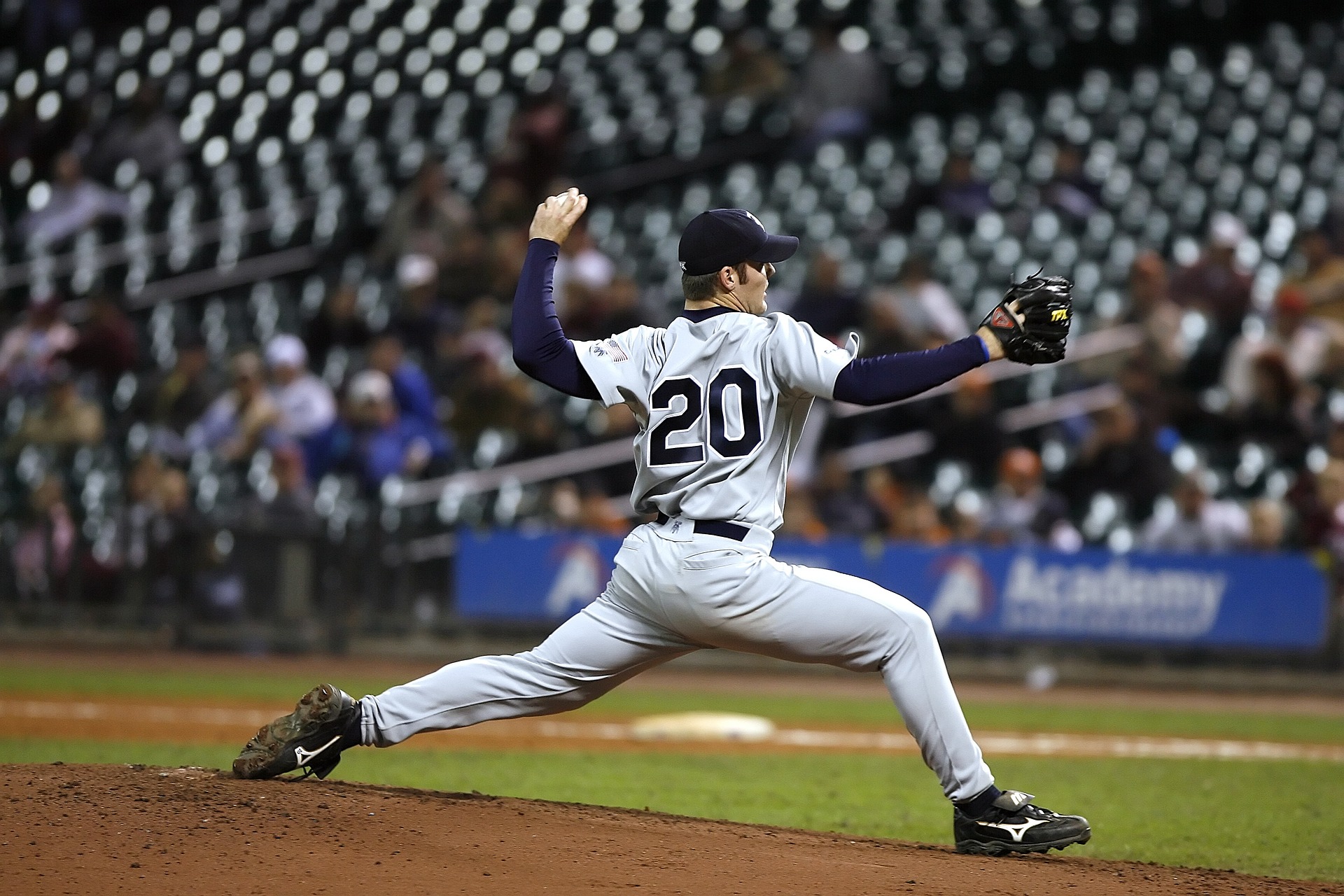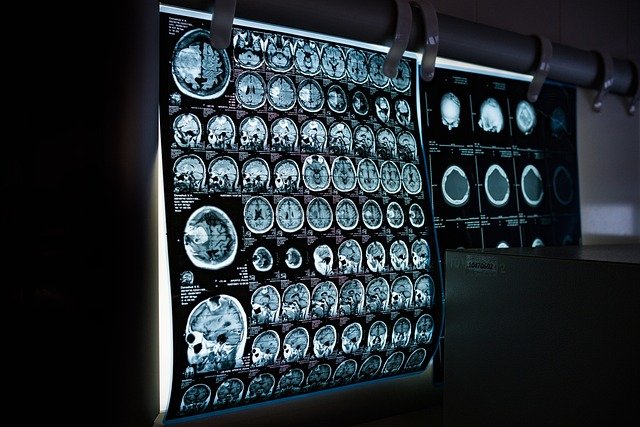Decoding the Secrets of Biomechanics in Sports
In sports, success is often measured in milliseconds and millimeters. The difference between the gold medal and the silver, between a world record and a personal best, can sometimes be reduced to the way an athlete's body moves—the science of biomechanics. This article will delve into the fascinating world of sports biomechanics, revealing how this discipline is shaping the future of sports performance.

The Genesis and Growth of Sports Biomechanics
The birth of sports biomechanics can be traced back to the early 19th century when scientists started to explore the mechanical principles of human movement. With the advent of advanced technology and scientific methodologies in the late 20th century, sports biomechanics grew into a key discipline, influencing training techniques and performance strategies across various sports.
The Modern-Day Implications of Sports Biomechanics
Today, sports biomechanics play a pivotal role in enhancing athletic performance, preventing injuries, and promoting efficient movements. Athletes and coaches employ biomechanical principles to refine technique, optimize power output, and maximize speed. By analyzing an athlete’s movement, biomechanists can identify and rectify inefficiencies, thereby helping athletes reach their peak performance potential.
The Pros and Cons of Embracing Sports Biomechanics
The benefits of sports biomechanics are multifaceted. It not only aids in enhancing performance but also plays a significant role in injury prevention and rehabilitation. However, there are challenges as well. For instance, the application of biomechanics requires sophisticated equipment and specialized knowledge, which may not be accessible to all. Additionally, the overemphasis on biomechanical efficiency may sometimes overshadow other vital aspects of sports training such as mental strength and tactical acumen.
The Future of Sports Biomechanics: A Glimpse of What’s to Come
As we move forward into the 21st century, the impact of sports biomechanics is set to become even more profound. With advancements in artificial intelligence, machine learning, and data analytics, the science of human movement will continue to evolve, offering unprecedented insights into the mechanics of athletic performance.
In conclusion, sports biomechanics, with its unique blend of science and sports, provides a fascinating lens through which we can view and understand the world of athletic performance. It’s a discipline that will continue to shape the future of sports, pushing the boundaries of what’s considered humanly possible. As we continue to explore and unravel the secrets of biomechanics, one thing is clear: the best is yet to come.



